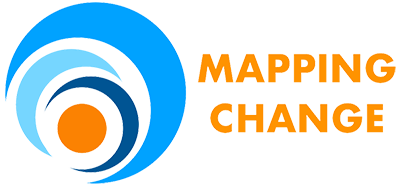CHANGE COMMUNICATION
In partnership with Communication & Management
Context
Today, every organisation has to deal more frequently with complex changes and overcome challenges that require rapid, flexible responses. But during major interruptions or a crisis, it is not easy to manage communication, guarantee an integrated strategic vision and ensure that each communication tool used is effective.
This is why we need to a) draw up a communication plan that steers the organisation through the change step by step, and b) implement correc , coherent and customised communication, capable of directing the right impact (‘you can’t not communicate’) and maintaining the commitment and consensus of all the stakeholders.
Goals
- Identify the stakeholders: who are the main stakeholders inside and outside the organisation? What are their needs and expectations as regards change?
- Focus the messaging: each stakeholder needs to know how the change will affect them, each needs to understand what’s in it for them.
- Express empathy in communications. Not being afraid to say ‘I don’t know’, but being willing to find the answer where appropriate. This will build the relationship of trust. Use warm, personalised language and choose the most preferred forms of communication.
- Choose spokespersons: identify one or more people, supported by a small team, who will manage the disclosure of communications to stakeholders. Activate ‘ambassadors’
- Planning communication: transparency and timeliness are crucial. Decide beforehand what and how to communicate, the medium and the frequency.
- Develop a plan that outlines the main messages and actions. Keep the communication channel open over time; listen and verify the results.
In short, communication is the driver of change, it is what transforms change from a programme into an action, it allows new meaning to be given to the promises made.
Tools
- Design and implementation of online and offline tools that inform employees, collaborators, donors, volunteers, etc. about the change (emails, interviews, videos, posts, newsletters, etc.):
- Customised communication to external stakeholders
- Communication campaigns offline, online and on social networks
- Online tools in order to obtain feedback and input
- Organisation and management of events, workshops, cascade meetings to boost involvement at all levels (if possible, in person)
- Organisation and management of general or targeted events to engage the external public

